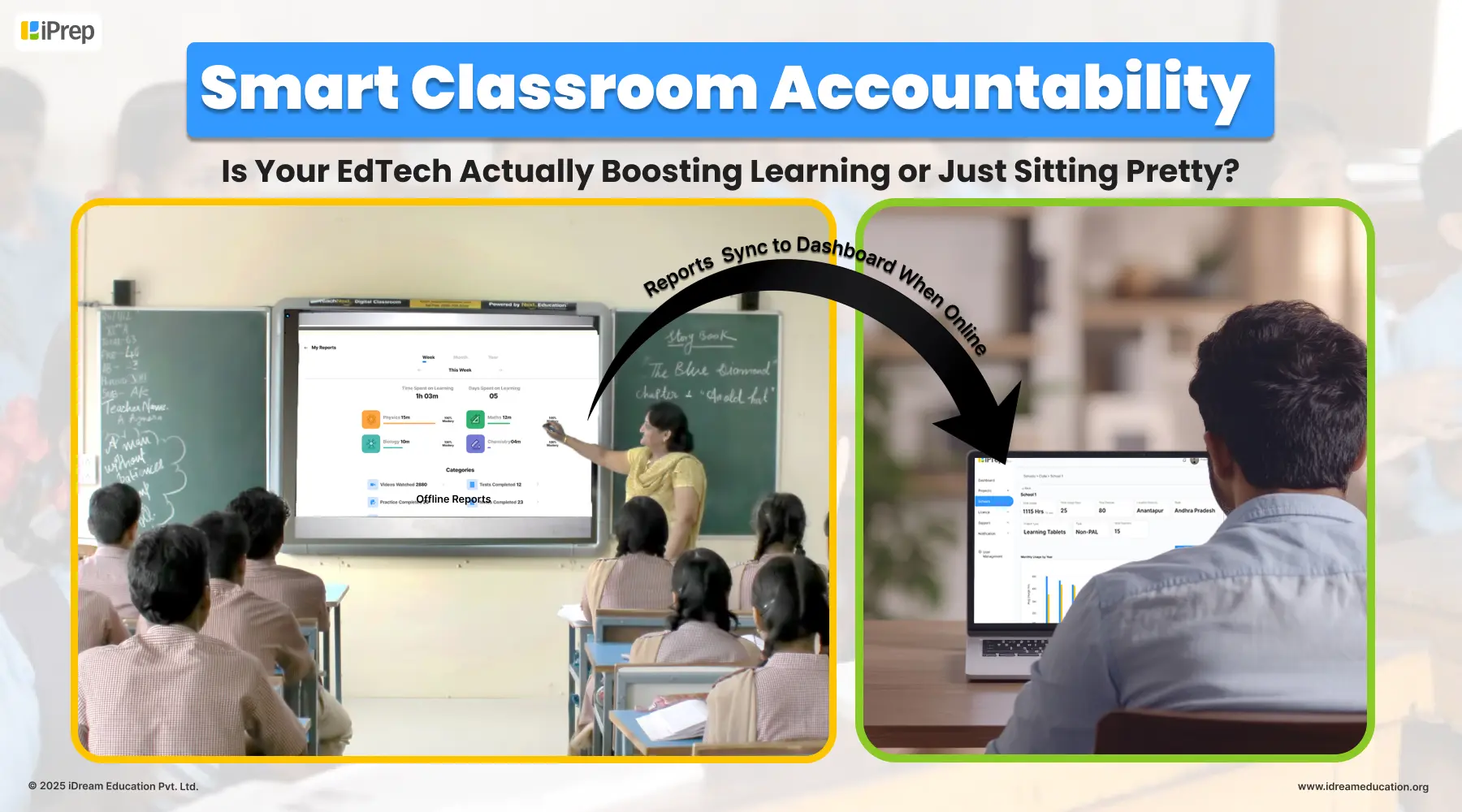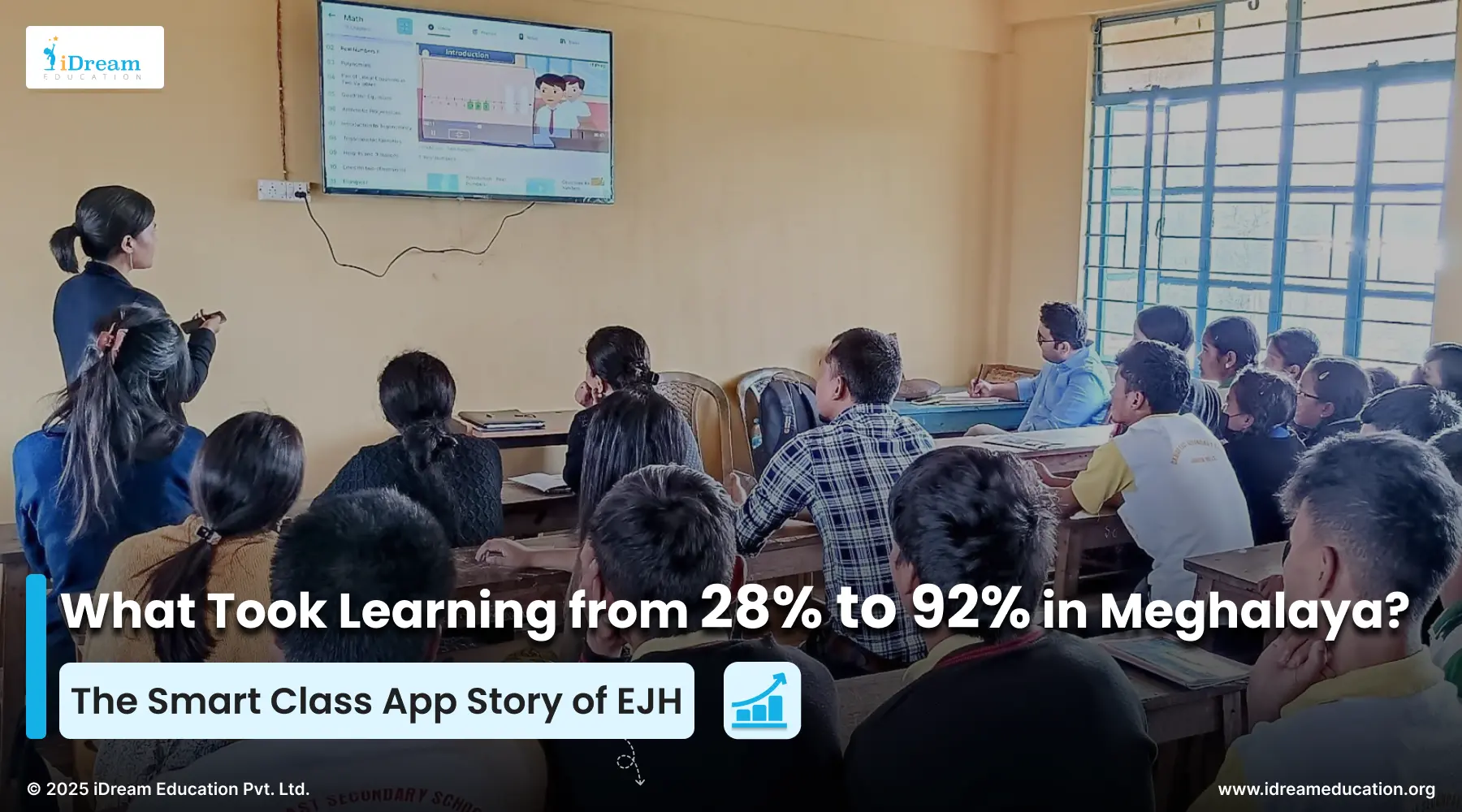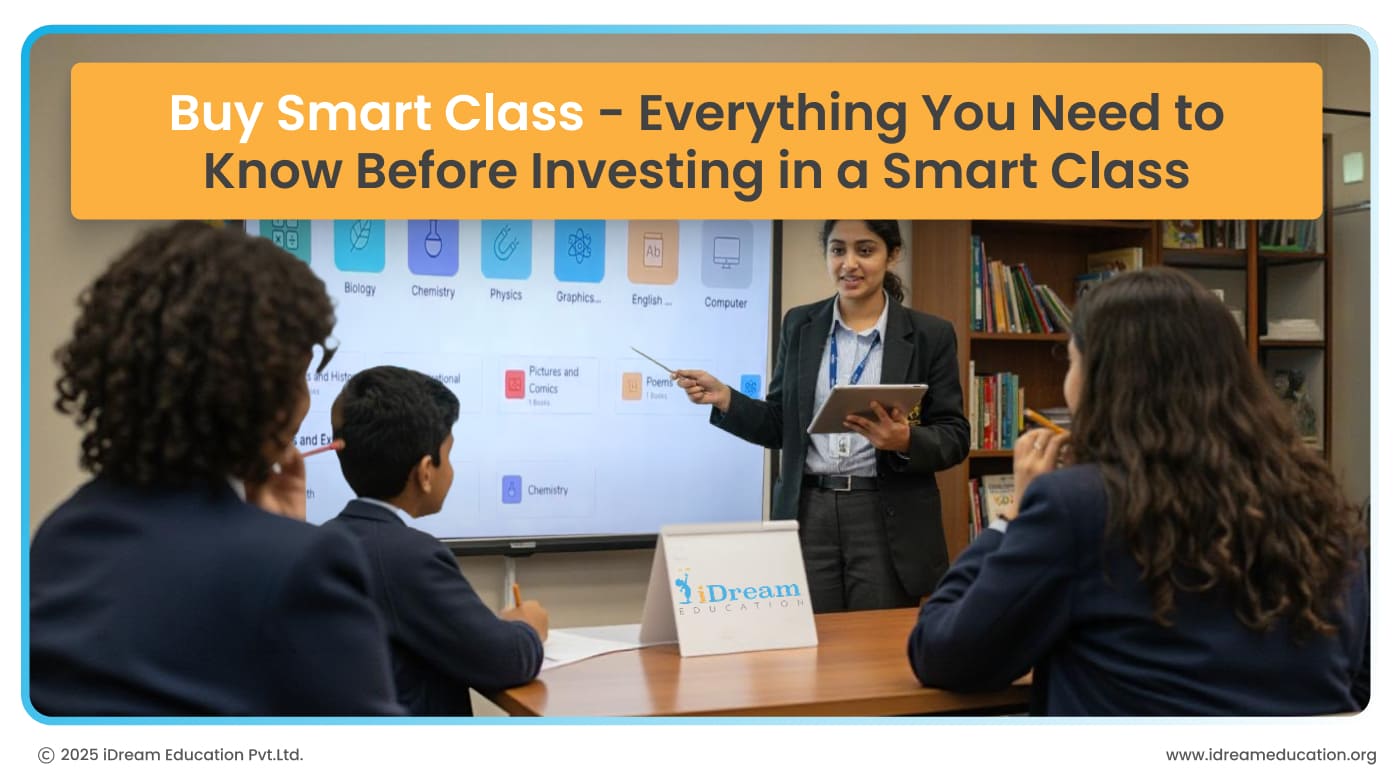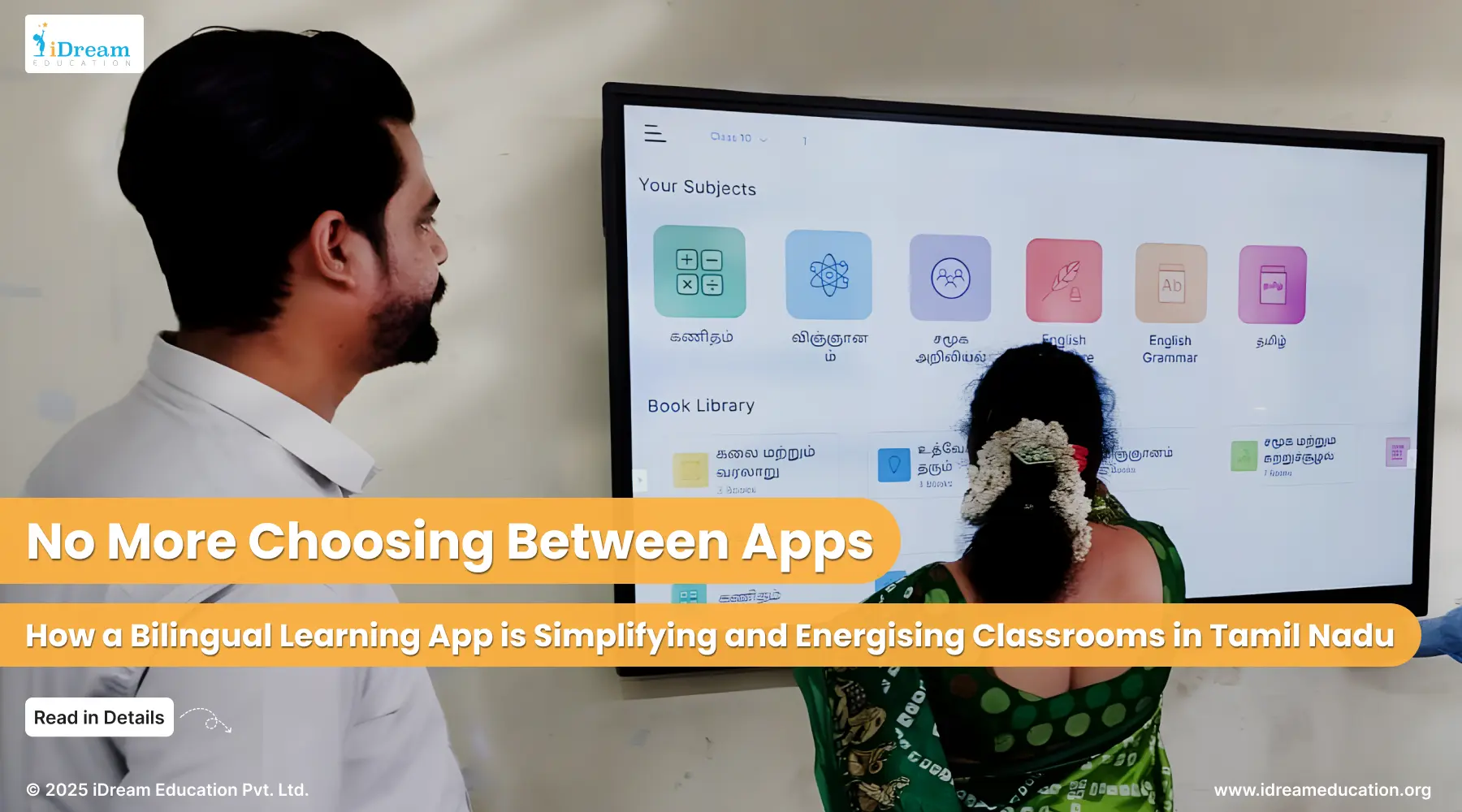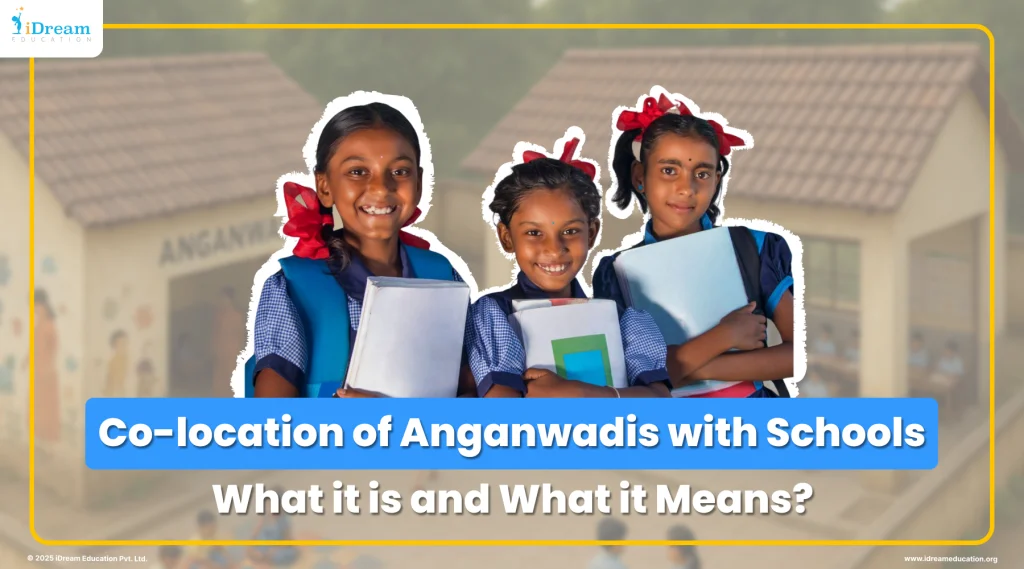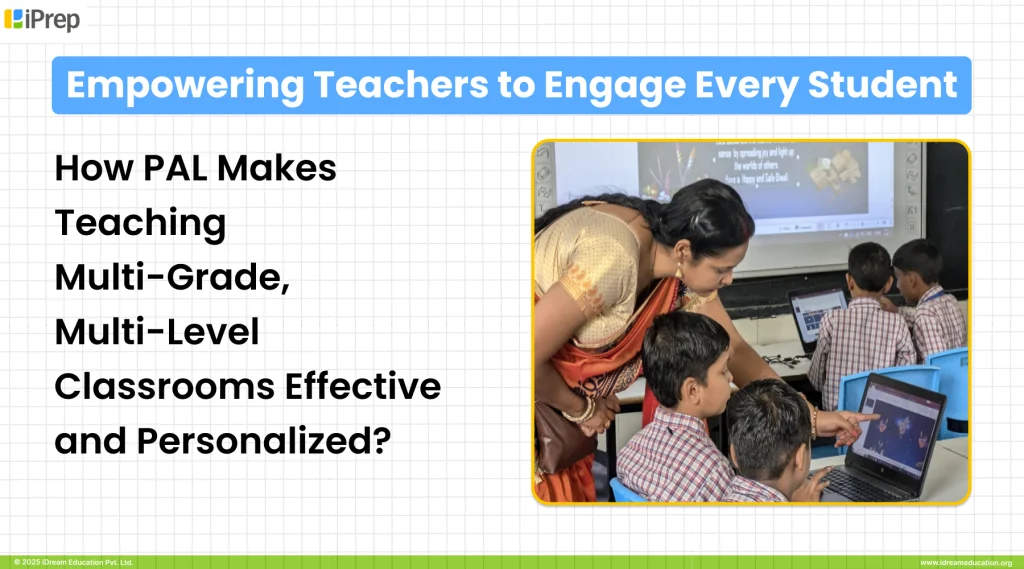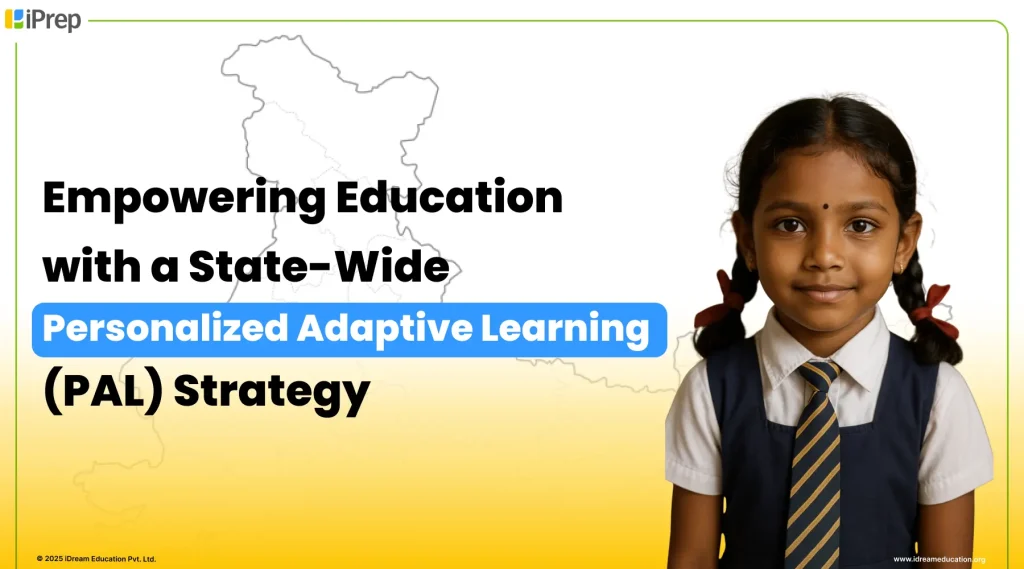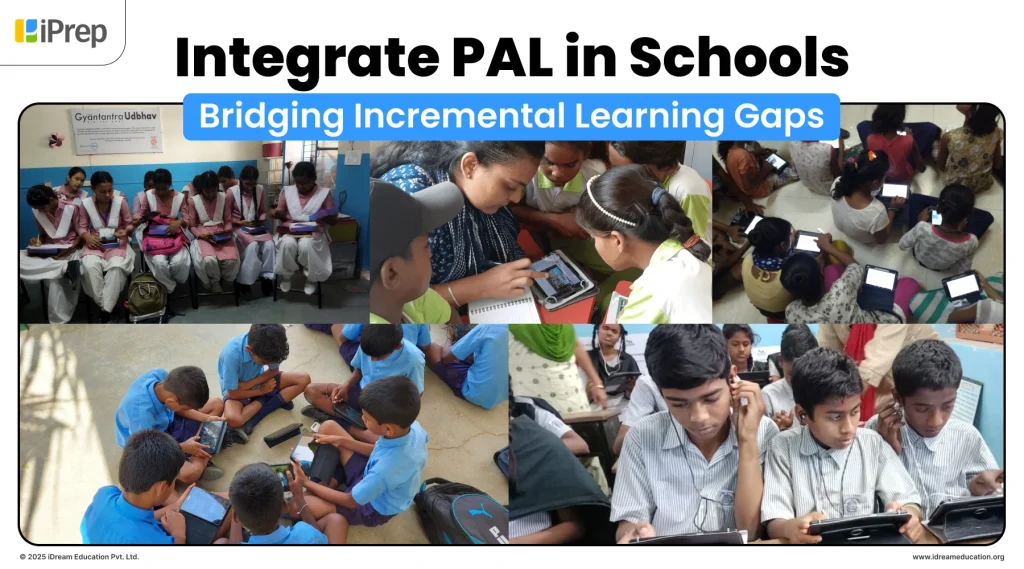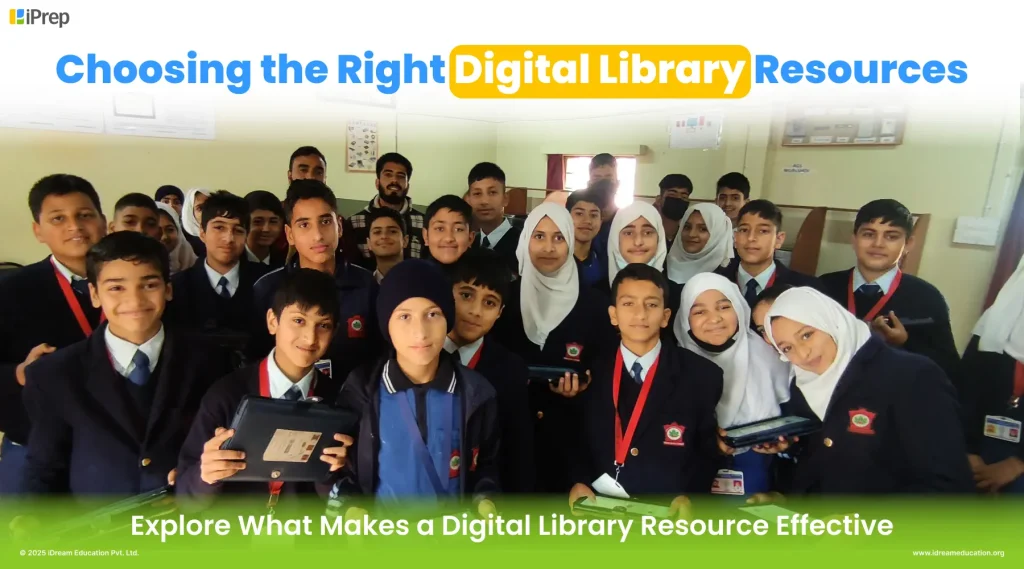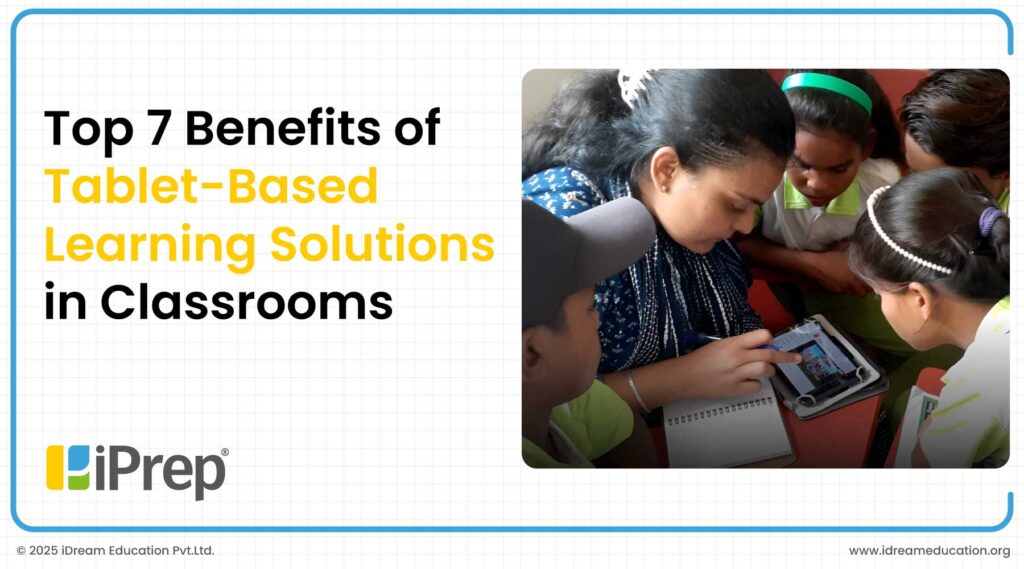
In 2020, approximately 30% of schools were reported to have adopted some form of educational technology. By 2025, this figure is expected to rise to about 70%. This is indeed a sharp increase in using sophisticated devices for digital teaching in schools.
Some of the initiatives from the Government of India are also playing a definitive role in this. For instance, initiatives like the ICT component of Samagra Shiksha promote digital learning in government and aided schools from classes VI to XII.
Owing to these conditions, the online education market in India may achieve a substantial growth rate of 25.77% from 2025 to 2029. Plus, the market share of online education in India could reach approximately USD 18.94 billion by 2029.
Now, let’s focus on how tablet-based learning solutions facilitate educational experiences. We also focus on the issue of integration of smart classrooms and tablets.
Major Benefits of Tablet-Based Learning
An EdTech Magazine study found that 87% of students reported increased engagement with tablet-based learning, and 90% of teachers observed higher participation levels with interactive digital content.
Now, let’s discuss the major benefits of tablet-based learning solutions in classrooms:
1. Enhanced Student Engagement & Personalised Learning Experience
A 2022 research paper published by the Indian Journal of Educational Technology has presented an interesting point.
It suggests that including state education departments in the training and rollout of digital learning platforms is critical. Because it resulted in approximately 70% adoption of digital education compared to traditional teaching methods.
Tablets have everything you need to keep students engaged and learning, no matter what. The multi-modal content mixes things up with different formats, so every student can learn in their own way. Teachers can whip up quizzes and tests that kids can do offline, too. No internet? No problem.
But here’s the real kicker: tablets adapt to each student’s needs. They keep tabs on progress, so students can learn at their speed.
Aligning with Government Schemes
So, do you want to bring tablets to your school? Good news – there’s help out there! The government’s got your back with different schemes and initiatives.
Take the Digital India Initiative, for example. It’s all about boosting digital infrastructure in education. They want to make sure schools have what they need to go digital.
And if you’re looking for some financial support, check out the grants from Samagra Shiksha Abhiyan. They’re ready to help schools like yours make the tablet dream a reality.
Just keep in mind there are some guidelines to follow. The Ministry of Education has laid out the rules, such as Pragyata, for digital learning. Stick to those, and you’ll be on your way to securing that funding.
2. Improved Learning Outcomes
Tablets seem to give students a real boost when it comes to test scores. One study showed a 15% average increase compared to traditional learning.
This is likely due to the interactive nature of tablet learning, immediate feedback, and the ability to review content in multiple formats.
3. Cost-Effectiveness and Resource Management
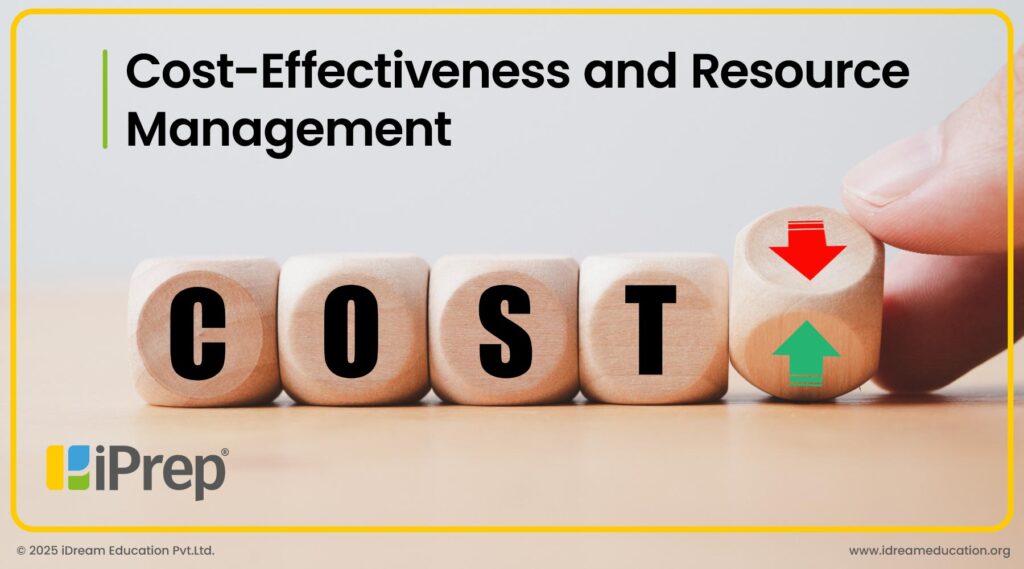
Tablet solutions can reduce printing expenses. They also enable regular digital content updates. Overall, it leads to significant cost savings.
Moreover, the long-term benefits include effective management of educational resources and improved access to updated materials without ongoing expenses for new textbooks.
4. Teacher Empowerment
Tablet-based solutions empower teachers by offering classroom management tools that ensure effective progress monitoring of each student. Such solutions in the form of education tablets also help teachers with assessment automation and access to various teaching resources.
Moreover, this helps in enhancing instructional quality and supports professional development opportunities. Educators should engage in training sessions focused on utilising tablet features effectively for classroom management to maximise their potential benefits.
Strategies of Resource Optimisation
With tablet-based solutions, educators can:
- Access Content Library: It consists of a library of curriculum-aligned digital content, including lesson plans, videos, and interactive materials.
- Customise Content as Needed: In some cases, educators can prepare specific content to meet the needs of their students.
- Collaborate More: Teachers can share resources and best practices easily with the stakeholders.
- Use Creation Tools: Finally, teachers can create their educational materials, such as quizzes, presentations, and videos, fostering creativity in lesson planning.
5. Access to Rich Educational Content & Offline Learning Capabilities
Tablets grant students access to extensive digital libraries filled with educational videos, practice materials, and multi-subject resources. This enhances interactive simulations and promotes deeper understanding.
Schools using tablet solutions have reported increased student satisfaction due to the availability of diverse resources that work out for various learning styles.
Here are a few key features of offline learning on tablets:
- Preloaded Educational Content: Tablets often come with educational materials already installed and designed to fit the curriculum. This gives students a huge library of resources at their fingertips, whether they’re online or not.
- Interactive Learning Applications: Tablets can host various offline applications that support interactive learning. These can include quizzes, educational games, and multimedia presentations.
- Progress Tracking and Assessment: Offline learning solutions often include features for tracking student progress and performance.
- Enhanced Accessibility: By providing offline access to learning materials, tablets ensure that all students, regardless of their socio-economic status or geographic location, have equal education opportunities.
NCERT/State Board Alignment With iPrep
iPrep online learning solutions are aligned to the latest NCERT and state board educational curriculum and syllabus in the following manner:
- NCERT and State Boards Coverage: The content is aligned according to the NCERT and state board syllabus. It covers every subject, from Mathematics to Science and Social Studies.
- Coverage Percentage: Users generally have access to syllabus-oriented resources from 1st to 12th for every subject.
- Assessment Alignment: The assessments are designed in accordance with the formats and standards followed by NCERT and state boards, which ensures students’ preparedness for the examination.
- Updates Process: Content is regularly updated to reflect changes in the curriculum, with a systematic review process incorporating feedback from educators and students.
Device Management Features
The tablet-based solutions offer various device management features:
- Remote Monitoring Features: Educators can remotely track how students are using the tool and what their engagement levels are with a centralised dashboard.
- Usage Tracking: Parents can track how long students spend on different activities and subjects, providing insights into their learning habits.
- Health Monitoring: Students and teachers, as well as parents, can monitor the device performance and also the battery health remotely to make sure that it runs optimally.
- Update Management: Since the tablets manage software updates centrally, they can deploy new features or apply security patches automatically without the need for users to update their tablets.
6. Parent Engagement
Tablets help schools and parents communicate better. Parents can easily keep tabs on their child’s schoolwork and how they’re performing. Having parents more involved also helps everyone work as a team to support the child’s education.
Additionally, schools can establish clear protocols for parent-teacher communication via tablet platforms to enhance engagement and support student success effectively.
Administrative Benefits
Here are a few administrative benefits tablet-based solutions offer:
- Communication Logs: With communication logs, every chat between teachers and parents gets saved in the system. It’s all there in black and white, so you can always go back and check what was said.
- Engagement Analytics: Engagement analytics lets schools dive into the data to see how well they’re connecting with parents. If something’s not working, they’ll know right away and can make a plan to fix it.
- Meeting Scheduling: The platform makes it super easy for parents and teachers to find a time that works. No more endless email chains or playing phone tag. Just a few clicks and done.
- Document Sharing: Schools can send important stuff straight to parents through the platform. No more lost papers or missed memos. Parents have everything they need right at their fingertips.
7. Enhanced Collaboration and Communication Among Students
Tablets have built-in tools that make group work and communication a breeze. This collaborative approach doesn’t just make learning more engaging – it also gets students ready for the real world. After all, most jobs these days require teamwork.
So, by using tablets in the classroom, we’re giving kids a head start on those must-have skills for their future careers.
Key Features Supporting Collaboration
Here are some key collaboration features offered by tablet-based learning solutions:
- Discussion Forums and Messaging: Students can easily chat about assignments, projects, or study groups. It’s like having a virtual hangout space for the class. Instant communication helps everyone feel more connected.
- Group Projects and Presentations: Tablets make it super easy for students to team up and create multimedia projects. They can work together on content, design, and delivery. It’s a surefire way to level up those presentation skills.
- Peer Review Systems: Students can use tablets to provide feedback on each other’s work through structured peer review systems. This process encourages critical thinking.
Conclusion
To implement tablet-based solutions, schools should consider the setup process, resource requirements, and expected timelines. Government initiatives can provide essential support and funding for technology integration in education.
For institutions looking to enhance their educational experience, iDream Education enables students & teachers to achieve desired learning outcomes through tablet-based solutions to empower both teachers and students.
With features that facilitate classroom management, personalised learning paths, and access to a rich library of educational resources, iDream Education is committed to preparing students for a digital future.
Connect with us to design the best-suited, most impactful and customised tablet-based digital learning project. Reach us at share@idreameducation.org or simply call us on +91 7678265039


